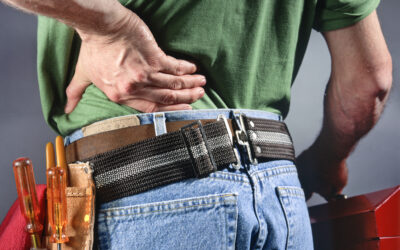Correct use of a baby carrier is all important
BABY carriers can be very beneficial for both parent and child when used properly. However certain types of carriers and incorrect positioning can pose a risk to your child’s safety, health and optimal development. The main areas at risk being the spine and hips.
A baby’s delicate growing spine needs to be carefully supported in the correct position for age and stage of development.
Abnormal pressures or movements that force their spine into a position it is not ready for can adversely affect the development of spinal curves, which can result in scoliosis (abnormal curvature of the spine).
The hip joint is a ball and socket joint.
During the first few months of life the ball is looser within the socket because babies are naturally more flexible.
If the hips are forced into a stretched out position too early, the ball is at risk of permanently deforming the edges of the cup-shaped socket (hip dysplasia) or gradually slipping out of the socket all together (hip dislocation).
By six months of age, most babies hips are more developed and the ligaments are stronger so less susceptible to developing hip dysplasia.
When choosing a carrier for your baby, there are several things to be aware of.
The most unhealthy position for the hips during infancy is when the legs are held in extension with the hips and knees straight and the legs brought together; this is the is opposite to the foetal position. The risk to the hips and spine is greater when these unhealthy positions are maintained for prolonged periods of time.
The healthiest position for a baby’s hips is for the hips to fall or spread naturally apart and to the side, with the thighs supported and the hips and knees bent.
If a carrier forces the legs to dangle down with the weight placed through the pelvis and groin, such as with a thin crotch front pack, this has the potential to alter the position and growth of the hip joint.
Similarly, if the infant’s spine is forced into a sitting position too early this may be a factor in initiating the formation of a sideways tilt or curvature of the spine (scoliosis).
Lizzy Archer specialises in the care and treatment of babies musculoskeletal system. If you would like to find out more please contact Lizzy at Harborne Chiropractic Clinic.
Elizabeth Archer DC, MSC Chiro
T: 0121 448 2300
E: info@harbornechiropractic.co.uk




